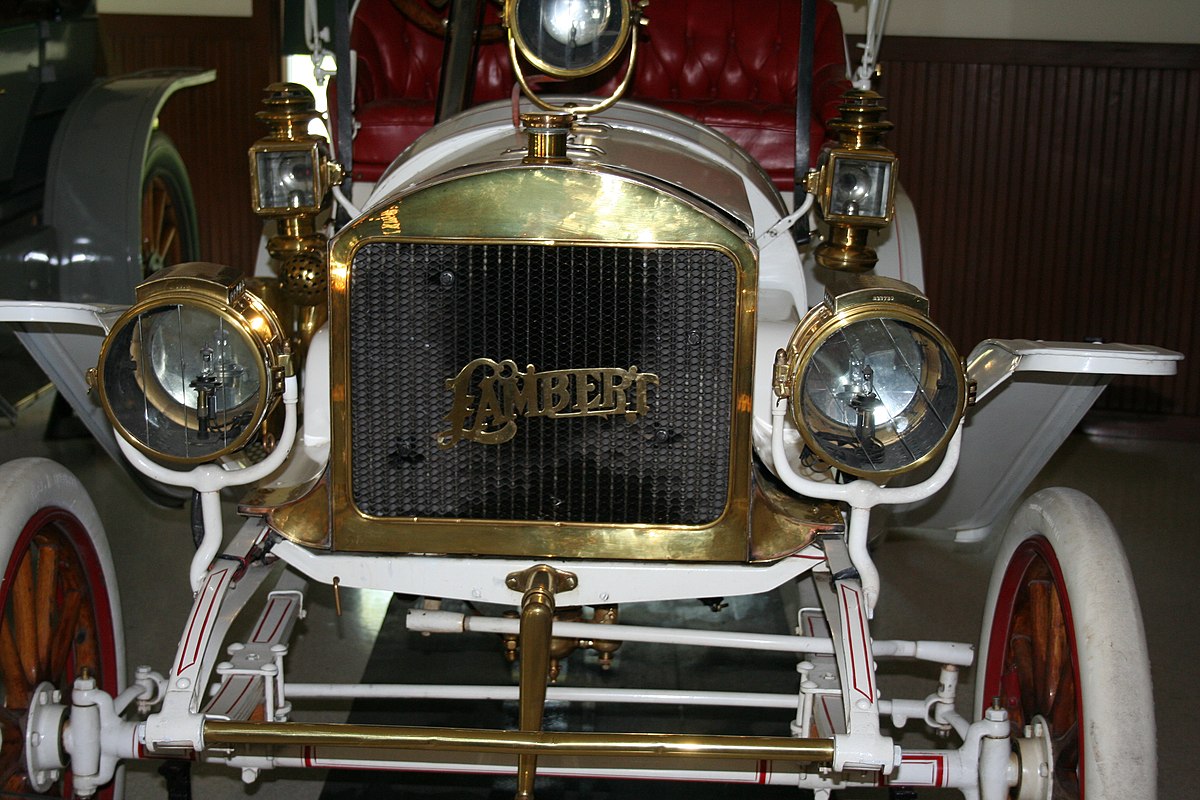
Considering they’re only making 160 of them, the suicide doors on the eighty Coach Door Edition Lincoln Continentals to be sold next year have garnered quite a bit of attention.
The use of rear-hinged doors on vehicles dates to the horse age. It seems that sometime in the 1930s the moniker “suicide doors” was applied to them, apparently due to people’s propensity for falling out of cars in the decades before Ford introduced the seat belt (as an option in 1956). There’s also, at least according to something frequently reproduced online, a connection with gangsters pushing people out of cars — though to my ears, that would be more like homicide doors.
I’m not convinced, though, it’s any easier to fall (or be pushed) out of a car with such doors, other than the fact that aerodynamics will help keep the door open while you’re falling (or being pushed).
In any case, rear-hinged doors became known as suicide doors, though it seems to have originally been applied to cars with front doors that were hinged at the back, usually two-door coupes or convertibles, like the current Rolls-Royce Dawn and Wraith, not the back doors of a four-door sedan. People aren’t particularly careful about the meanings of words, so in time the term also came to include what were originally called coach doors.
Again dating to the horse age, “coach doors” are when a four-door vehicle has front doors hinged at the front and back doors hinged at the rear. In a horse drawn coach without a car’s B pillar in the way, when both side doors are open, that creates a huge opening and easy entry into the passenger compartment, particularly if you’re a woman wearing a bustled dress with petticoats and skirts.
While the truly iconic 1961 Continental had no B-pillar, for just 80 cars, Ford wasn’t going to completely reengineer the unibody, so the 2020 Coach Door Edition Continental would still hamper a lady wearing a hoop skirt. But, as you can see from the model name, even though the term is in common use, Lincoln’s avoiding the S word.
Even before today’s hypersensitivity, no car company run by sane people would have used the term “suicide doors,” with good reason. Rolls-Royce doesn’t use the term for their production cars and no recent concept vehicle with coach doors has called them suicide doors.
Though no official communications from Lincoln or Ford use the term “suicide doors,” just about every news report on the new Conti called them exactly that. Autoweek, Road & Track, used the term in their tweets about the car. CNN, Fox News, and CBS News all used “suicide doors” in their headlines. Since few people these days seem to actually read, the Twitter mob was provoked by the headlines to inveigh against the automaker for being insensitive about suicide, even though Lincoln isn’t using the word.
Some implicitly criticized the auto industry for the design itself, due to its supposed association with suicide.
I’m tempted to say these are an example of Poe’s Law, but I’m pretty sure these guys were joking.
Interestingly, none of the folks outraged about Lincoln’s non-existent faux-pas used their tweets to mention that the National Suicide Prevention Lifeline is 1-800-273-8255 (800-273-TALK).
[Image Lincoln Motor Co.]
